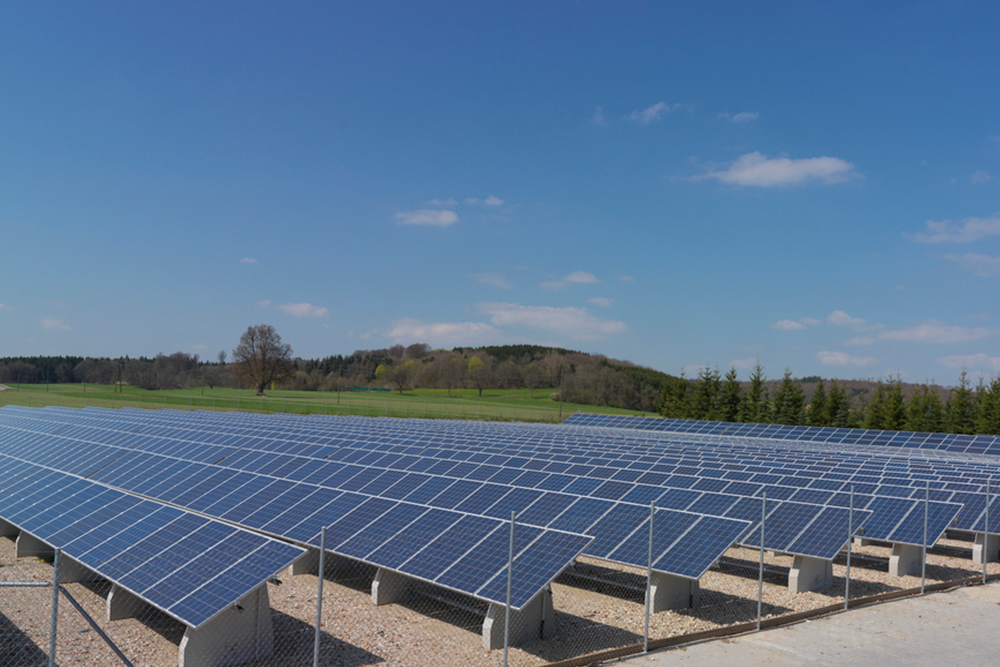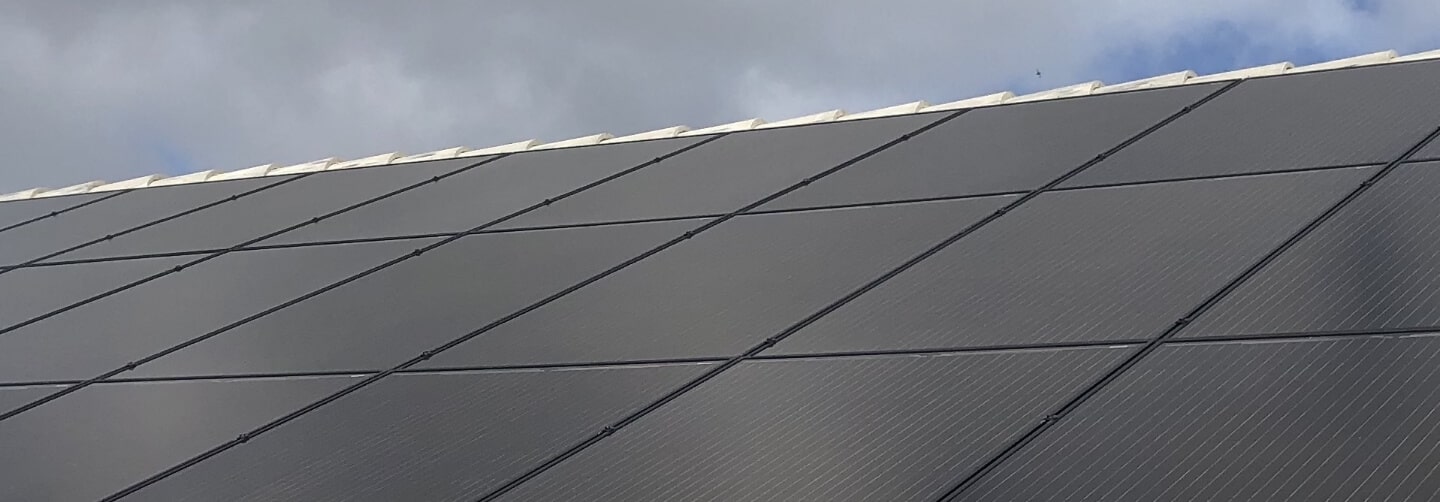How Efficient Are Commercial Solar Panels?

When business leaders explore renewable energy, efficiency is usually the first point of discussion. After all, energy production drives return on investment and determines how much of the company’s demand a solar array can realistically cover.
So, how efficient are commercial solar panels today? The short answer is that they are far more advanced than they were even a decade ago. Efficiency ratings are now high enough to make solar a practical, profitable, and sustainable solution for businesses of all sizes.
At Solar Energy Solutions of America, we help companies across Florida and beyond design solar systems that deliver consistent value. Understanding what efficiency means, how it’s measured, and what factors influence performance helps businesses make the right decision when it comes to investing in solar.
Commercial Solar Panel Efficiency
Commercial solar panel efficiency refers to how much sunlight the panels can convert into electricity. Back in the 1950s, efficiency was only around six percent.
Today, most panels fall between 17 and 22 percent, with the most efficient commercial solar panels reaching about 23 percent. In practical terms, that means a standard 72-cell panel, roughly the size of a sheet of plywood, can generate between 350 and 600 watts under optimal conditions.
Efficiency directly affects system design and financial outcomes. Higher efficiency panels mean more power production without expanding the footprint of the array for a business with limited roof space. That translates into greater savings on electricity bills and a faster payback period on the investment.
On the other hand, larger commercial properties with abundant roof or ground space may balance cost and efficiency differently. They often select panels that meet performance goals at a lower upfront price.
What Influences Efficiency in Commercial Systems
Several factors play into how efficiently panels perform once installed. Location is one of them, because solar irradiance (the amount of sunlight available) varies by geography.
A system in Florida produces far more annual energy than the same system in northern states. The region receives more direct sunlight throughout the year, which drives the difference.
Panel placement is another major factor. Panels should face true south in the northern hemisphere and be tilted to match the site’s latitude. Even a slight deviation can lower production levels. Shading from nearby buildings, chimneys, or trees can also cut into output.
Sometimes, even partial shading on one panel can affect an entire row unless the system uses micro-inverters that allow panels to operate independently.
Climate conditions also matter. Although abundant sunshine drives output, very high temperatures reduce panel efficiency because the cells perform best at cooler operating ranges. That’s why panels in sunny but cooler environments often outperform panels in extremely hot climates. Weather patterns such as cloud cover, snow accumulation, or heavy dust in the air all influence efficiency as well.
Maintenance ties directly into these factors. Panels covered with dust, soot, or bird droppings cannot absorb as much light. Regular cleaning and inspections keep systems producing at peak levels. When paired with monitoring software, businesses can track performance in real time and spot issues quickly.
Why Efficiency Matters for Businesses
Efficiency has a direct connection to the bottom line. A system built with highly efficient panels can offset a greater percentage of energy consumption. It may reduce reliance on the grid and cut utility bills substantially..
Financial modeling shows how efficiency translates into payback timelines. For example, a 50-kilowatt system producing 6,000 to 9,000 kilowatt-hours per month can save thousands annually. Factor in federal tax credits and possible state rebates, and the return accelerates. The higher the efficiency, the greater the savings, because each panel produces more power over its lifespan.
Beyond cost savings, efficiency supports resilience. Pairing solar arrays with energy storage allows businesses to keep operations running during outages. More efficient panels generate more energy to store, giving companies stronger backup capabilities. This added stability can protect against the financial and operational risks of downtime.
From an environmental standpoint, efficient panels maximize carbon reductions. Every kilowatt-hour of solar electricity offsets energy that would otherwise come from fossil fuels.
Calculating Real-World Performance
We always recommend businesses begin with their actual electricity use. Reviewing past utility bills reveals baseline monthly consumption, which then guides system sizing. From there, we use advanced modeling software to analyze solar potential at the specific site, accounting for orientation, tilt, shading, and seasonal variation.
For example, 100 panels rated at 400 watts each in a region with five hours of peak sun per day would produce about 200 kilowatt-hours daily. Over a month, that equates to roughly 6,000 kilowatt-hours, depending on conditions. While this is a simplified estimate, it highlights how efficiency, panel rating, and sun exposure all combine to influence actual output.
Balancing panel quantity and efficiency is critical. Too few panels fail to cover demand, while oversizing a system drives unnecessary costs. Our role is to find the balance that delivers the most substantial return over the system’s life.
Long-Term Benefits of Efficiency
The most efficient commercial solar panels may cost more upfront. However, businesses often find the long-term return justifies the initial expense. Lower energy bills, tax incentives, and resilience during outages create a financial case that strengthens year after year.
At the same time, owning solar capacity protects against rising utility rates. Energy prices continue to climb, but a solar system produces free power once installed. This stabilizes one of the most volatile cost centers in business.
Maintenance agreements help preserve this performance. Annual inspections catch issues such as wiring problems, inverter malfunctions, or shading changes from vegetation growth. With ongoing care, systems maintain high efficiency for 25 years or longer.
High-Performance Solar for High-Performing Businesses
So, how efficient are commercial solar panels? The answer lies not just in laboratory ratings. It lies in how technology, installation, and maintenance come together to deliver real-world performance.
Panels offer efficiency levels that make solar a practical, profitable, and sustainable energy source. With the right design, a commercial solar system can cut energy costs, improve resilience, and support long-term sustainability goals.
At Solar Energy Solutions of America, we design and install systems that balance performance, efficiency, and cost. From solar electric solutions tailored to your energy profile to commercial installations built for scale, our team delivers reliable solar systems.
Contact us today for a customized consultation to design a commercial solar system that works as hard as your business.
